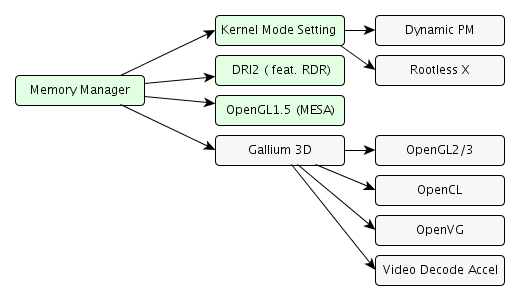I just moved the code hosting of YouAmp from garage.maemo.org to launchpad and thus also moved the source code management from svn to bzr. And I must say bazaar is really great. I have already had some experience with git before, but I could never really wrap my head around it, but I got the workflow if bazaar in just about 5 minutes.
I do not want to start another VCS war here, since there are already enough of them ongoing – instead I just want to mention some things bzr got right:
- it lets you accomplish your task without getting in your way: if you want just to publish your code on a public repository, it just does that instead of trying to teach you the concept of decentralised VCS
- if you try to do something which requires knowledge of the concept decentralised VCS, it points you directly to some instructions to what you have to do and why
- it is really greatly integrated with launchpad: you can have the translations on launchpad synced up with the ones in your repository automatically 😀
- it displays only the basic(mostly used) commands as default so you can quickly find the right one
In other news YouAmp now uses launchpad for the hosting, which means you can start help translating it there. Since I have not posted about YouAmp for some time, here is the current status:
- it was ported to Tracker, currently waiting for the 0.7 release to take real advantage of it
- it also uses GtkBuilder now so you can easily change the interface
- there is basic Playlist support, but it has to be reworked
- once the Playlist rework is done, there will be a new release
- and a backport to Maemo4 using the new codebase
